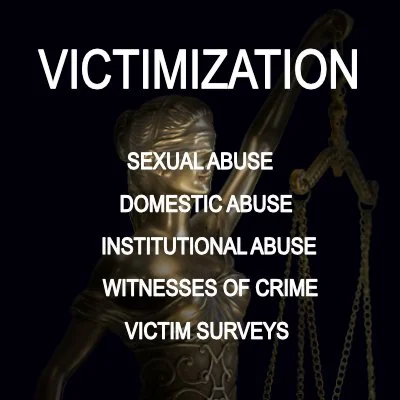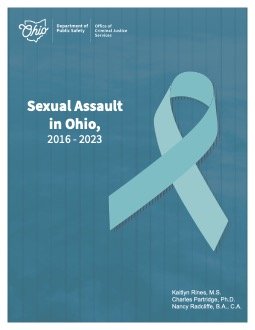By Dean J. Connolly, Santino Coduri-Fulford c, Katherine Macdonald , Gail GilchristLuke Muschialli
Sexualised drug use (SDU) is a highly prevalent phenomenon of increasing public health significance in communities of men who have sex with men (MSM). This prospectively registered PRISMA-ScR-adherent systematic scoping review examines the current state of knowledge surrounding violence amongst MSM in the context of SDU. A broad search was conducted across four databases, with no restrictions. Studies citing or cited by all database-identified records retained for full-text review were retrieved and screened. Three journals were hand searched across the past five years, and three searches were conducted on Google Scholar. In addition, 13 key opinion leaders were contacted via email to request any additional published or unpublished data. The twentyeight studies included in the final synthesis reported mostly qualitative data from geographically diverse nonrepresentative samples, predominantly relating to sexual violence with other typologies seldom investigated or reported. Although quantitative data were limited, sexual violence appeared common in this context and was directly associated with impaired mental health and suicidality. Some participants reported first- or second-hand accounts of non-consensual administration of incapacitating doses of GHB/GBL to men who were subsequently raped. This was frequently perpetrated by men whose age, status, or financial privilege afforded them power over their victims. While reports from some participants suggested context-specific blurring of the lines of consent, a few quotes demonstrated a dearth of knowledge surrounding the centrality of consent in lawful sex. Given the historical denigration of MSM, any efforts to further investigate or address this issue must be community-led.
International Journal of Drug Policy
Volume 136, February 2025, 104706





















